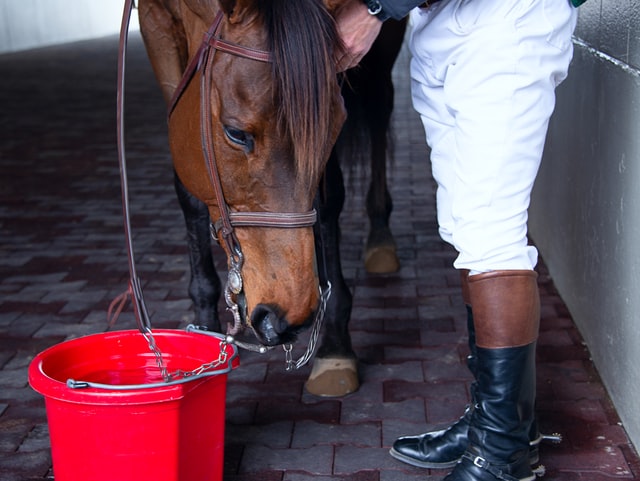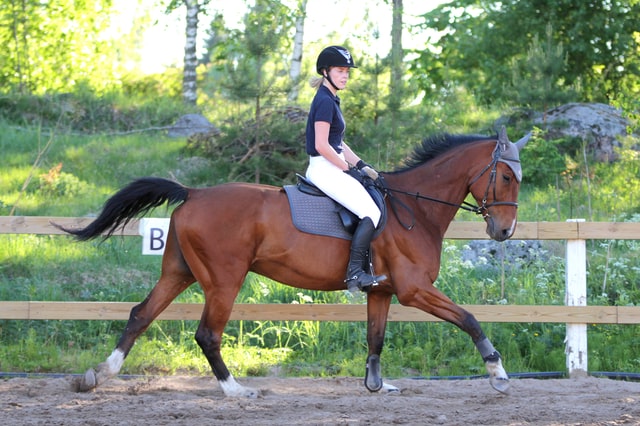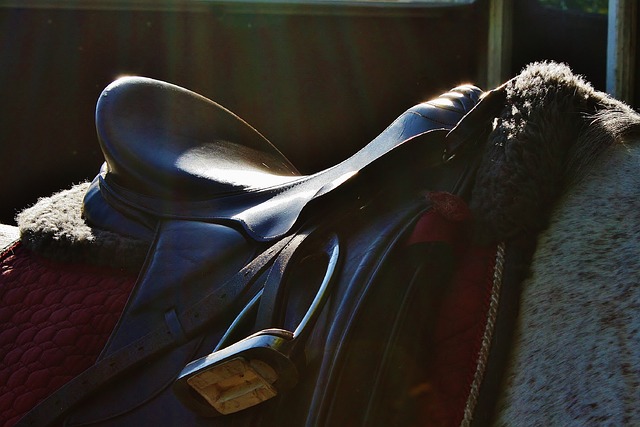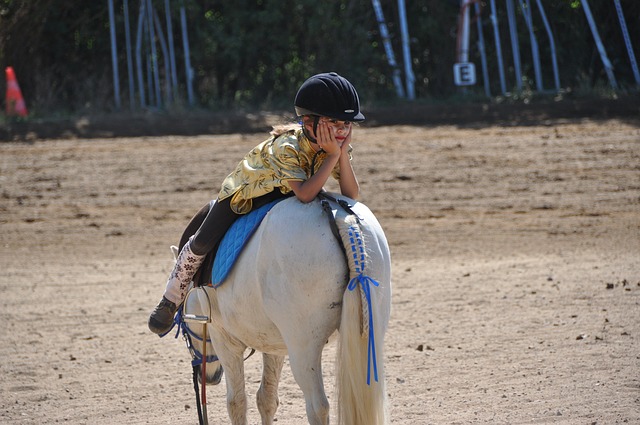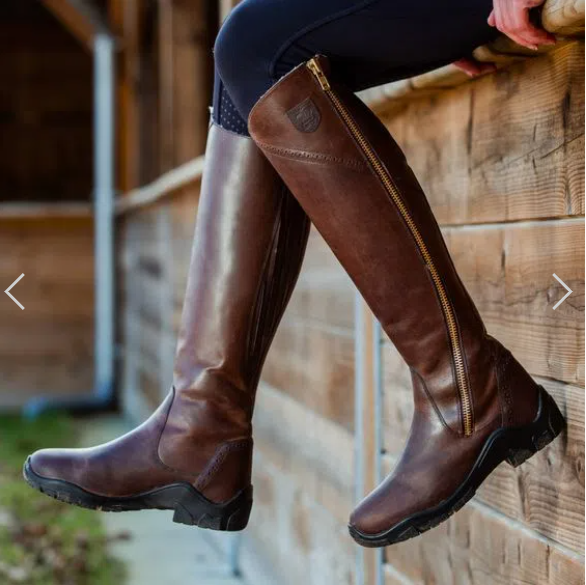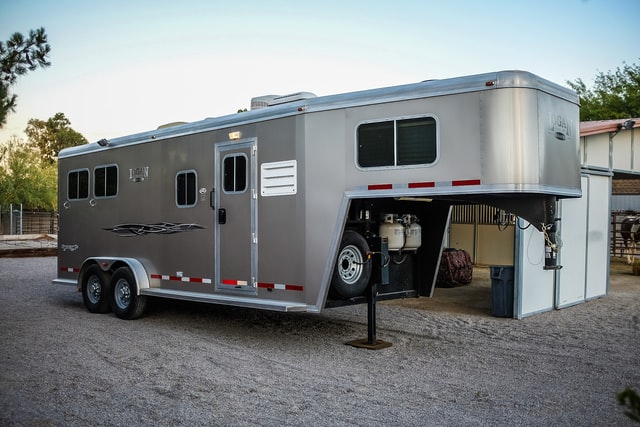How to Ensure Your Bit and Bridle Fit Correctly
Before you even put your foot in a stirrup, it is vitally important to ensure your saddle and bridle fit correctly.
In this post, we’ll go over how to ensure your bit and bridle fit correctly so you never have to worry about it again!

A bridle that does not fit correctly can not only be dangerous, but can seriously damage the most sensitive part of your horse.
In this post, we’ll go over how to ensure your bit and bridle fit correctly so you never have to worry about it again!
Bridle Fit
Throatlatch
The purpose of the throatlatch is to ensure that the bridle does not come up over the horse’s ears.
Should your horse rub against a fence or another horse, the throatlatch will ensure the bridle stays on long enough for you to stop and dismount safely.
It should comfortably rest between the horse’s jaw and his neck, but be loose enough that you can slide your hand between his jaw and the throatlatch comfortably.
When your horse engages, he will often arch his neck, stretching his topline at the poll and essentially expanding the throat area.
You want to ensure that the throatlatch is tight enough to provide safety, but loose enough that it doesn’t block his breathing.
The Brow-Band
The brow-band should lay flat against the forehead.
Make sure it is not too tight that it draws the cheek pieces together at all.
The Noseband
The noseband should be snug, but loose enough that you can fit two fingers stacked on top of each other between the leather and the horse easily.
If a drop-noseband is used, the same rule is applied.
Bit Fitting
The fitting of the bit is a hotly debated topic and just as every professional is different, every horse is too.
No two riders are the same; no two horses are the same.
Horses’ mouths can vary in the length of the bar (the space between the incisors and the molars), the thickness of the tongue and the height of the mouth between the tongue and palate.
Also, if there is any scarring from previous injury, or broken or cracked teeth, special consideration needs to be taken when finding the correct bit.
The three main concerns when fitting a bit is how high it sits in the mouth, the width of the mouthpiece and the diameter of the mouthpiece.
Bit Position in the Mouth
The first method for positioning the bit correctly in the mouth is to fasten up high enough that two or three wrinkles appear on the cheek of the horse.
In the second method, the bit is fastened to just lay in the crease of the mouth without creating any wrinkles.
The horse will have to “pick up” the bit with his tongue and carry it where he finds it comfortable.
The theory behind this, is that it is not low enough to cause any discomfort or encourage the horse to slip his tongue over the bit, but isn’t so high that it’s secured and inflexible.
As you’ll notice, a lot of horseback riding is finding the perfect balance.
Whichever method you use, the golden rule is that when you apply pressure to the reins, the bit should be able to move against the horse’s lips and that the horse does not show signs of discomfort.
If the bit is fixed too high in the mouth, the constant rubbing will desensitize the corners of the mouth.
It will also not give the horse the release he is looking for when he obey the commands.
If the rider pulls the bit to stop, and the bit is fixed high in the mouth, the horse will continue to feel pressure after he has stopped.
Bit Width
Another thing to consider is the width of a bit.
The average bit is 5″-5 1/2″ but the basic rule of thumb is that, correctly place in your horse’s mouth, the bit should only have 1/4-1/2 inch of play between the horse’s lips and the ring.
Any bigger and the bit will see-saw across the horse’s tongue and can bruise the bars of the horse’s mouth.
A bit that is too small will pinch the horse’s lips and cause callusing or cuts.
A bit that is too long will slide through the horse’s mouth when pressure is applied and in the case of a jointed bit, it will cause a nutcracker effect and the joint could hit the roof of the mouth, causing extreme pain.
To measure a specific horse, insert a wooden dowel or piece of string/bailing twine in the mouth where the bit would sit and mark the edges of the horse’s lips.
A thin mouthpiece will act like a wire cheese cutter on a horse’s tongue.
Although a thicker mouthpiece will spread the pressure evenly, a thick mouthpiece in a small mouth, though, can be crowding and uncomfortable.
If a horse is fitted incorrectly with a bit that causes pain for a long enough time, it can completely undo their training.
I was once given a horse named La Loca.
She was a beautiful, delicate, well-bred thoroughbred mare.
She was given to me free, because every time someone tried to ride her she would flip over backwards on top of them.
I rode her successfully for years afterwards as long as I never put a bit in her mouth.
I can only assume she was ridden one day with a bit that caused her so much pain, she threw herself on her back in an attempt to run away.
Once she learned that trick, she had a way to get every rider off her back.
